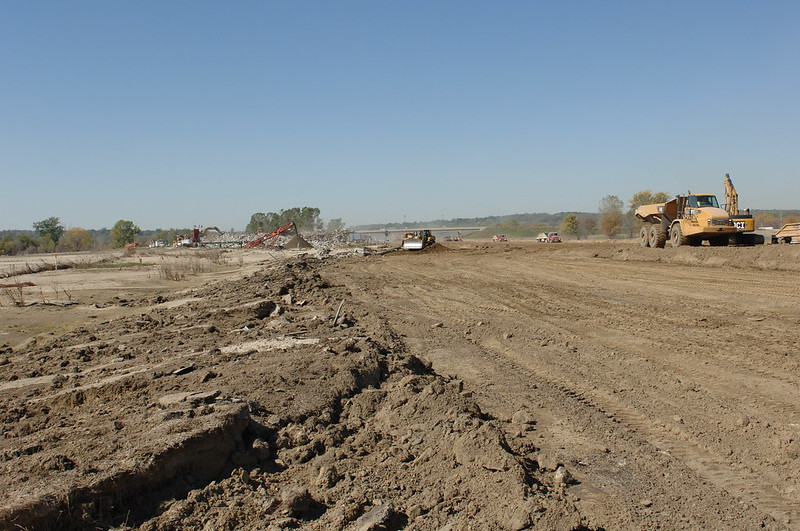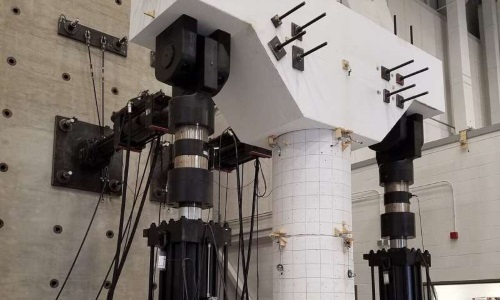A roundup of headlines curated for state transportation environmental professionals
FEDERAL ACTION
The gas tax was already broken. The pandemic could end it. – Smart Cities Dive
What a Senate flip means for transportation – Politico
One-on-one with U.S. Transportation Secretary Elaine Chao – WAOW-TV
Republicans ready to restart critical infrastructure initiative in 2021 – The Hill (Commentary)
Climate Policymaking in the Shadow of the Supreme Court – Resources Magazine
Lawmakers say infrastructure efforts are falling victim to deepening partisan divide – The Hill
COVID-19
COVID-19 Creating Winter Challenges for State DOTs – AASHTO Journal
Two Reports Offer COVID-19 Transit Recovery Advice – AASHTO Journal
How COVID is paving the way for participatory transit planning – Grist (Commentary)
Economic Consequences of Proposed Pandemic-Related Cutbacks in MTA Transportation Services and Capital Spending – NYU Rudin Center for Transportation
INFRASTRUCTURE RESILIENCE AND SUSTAINABILITY
What has four years of President Donald Trump meant for Florida’s environment? – Tampa Bay Times
Former Walmart exec brings ride-share technology to fresh produce transport – Green Biz
Eyes Will Be on Biden to Act Fast on Resilience for NYC – City Limits
Amsterdam will use flowers to keep its bridges clear of locked bicycles – Lonely Planet
Virginia breaks ground on largest infrastructure project in state history – InsideNoVa
Will ‘game-changing’ new runway quiet O’Hare jet noise conundrum? – Daily Herald
AIR QUALITY
GM, Ford knew about climate change 50 years ago – E&E News
Trump administration funds projects to more efficiently charge and deploy electric buses – Utility Dive
ENVIRONMENTAL JUSTICE
How infrastructure improvements can aid inclusive revival – CT Mirror
NATURAL RESOURCES
Clean Water Act rollbacks hurt rivers and drinking water – Baltimore Sun (Commentary)
Moose deaths don’t sway WYDOT on 390 speed – Jackson Hole News & Guide
City plans to reduce sewage discharges into region’s rivers. – Pittsburgh Post-Gazette
Oregon DOT begins cleanup from wildfires along state highways and private properties – KTVL-TV
HEALTH AND HUMAN ENVIRONMENT/ACTIVE TRANSPORTATION
What’s behind Virginia’s increasing pedestrian death toll and how to reverse the trend – Virginia Mercury
More streets added to Montgomery County’s ‘Shared Street’ program for pedestrians – WDVM-TV
California Gets an A Grade in Surfrider’s Annual Beach Report – San Clemente Times
Can the Bike Boom Keep Going? – CityLab
Gov. Justice awards over $1.6 million in Transportation Alternatives and Recreational Trails Program grants benefitting Metro Valley region – WV Office of the Governor (Press release)
TRB RESOURCES/ANNOUNCEMENTS
Transportation Research Record (TRR) Special Issue on COVID-19: Deadline October 31 – TRB
TRB Webinar: Celebrating TRB’s Centennial by Exploring the Future of Transportation Research – TRB
TRB Webinar: Planning an Effective Airport Deicing Runoff Management Program – TRB
AASHTO to Examine Election Impact on Transportation at Annual Meeting – AASHTO Journal
FEDERAL REGISTER NOTICES
Information Collection: Interagency Generic Clearance for Federal Land Management Agencies Collaborative Visitor Feedback Surveys on Recreation and Transportation Related Programs and Systems – Forest Service (Notice; request for comment)
NPDES Electronic Reporting Rule— Phase 2 Extension – EPA (Final Rule)
National Wildlife Refuge System; Use of Electric Bicycles – Fish and Wildlife Service (Final rule)




